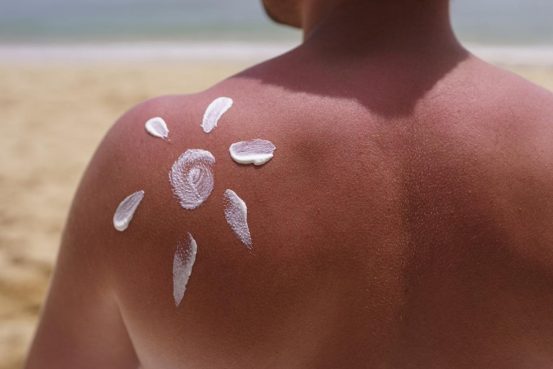
As consumers come to be increasingly wise concerning skincare, the dispute in between chemical and physical sun blocks continues to be a hot subject. While both deal vital security against the sunlight's harmful ultraviolet (UV) rays, physical sunscreens are typically admired for their mild yet reliable formulation, making them a preferred choice for those with sensitive or reactive skin. The trick to their success hinges on their active ingredients, which create a physical barrier on the skin to block out UV radiation. This post will certainly look into the globe of physical sun blocks, concentrating on their key ingredients: zinc oxide and titanium dioxide.
Unlike their chemical counterparts, which take in UV radiation and convert it into warm, physical sunscreens work by sitting on top of the skin to develop a shield that deflects and scatters both UVA and UVB rays. This system is why they are typically referred to as "sunblocks." The primary advantage of this method is its immediate effectiveness upon application and the lower likelihood of causing skin irritability, as the active ingredients are not soaked up right into the skin.
One of the most renowned component in the physical sunscreen family members is Zinc Oxide. This powerhouse mineral is special in its capacity to provide broad-spectrum defense, meaning it properly secures the skin against the full spectrum of UVA and UVB rays. UVA rays are accountable for early aging, consisting of creases and great lines, while UVB rays are the key cause of sunburn. By offering extensive protection against both, zinc oxide plays an important duty in preventing sun damage and minimizing the risk of skin cancer.
In addition, zinc oxide is renowned for its relaxing homes. It has been used for centuries to deal with small skin inflammations, rashes, and burns, a testament to its gentle nature. This makes sun blocks created with zinc oxide an excellent selection for people with sensitive skin, acne-prone skin, or conditions like rosacea and dermatitis. Its non-comedogenic buildings additionally indicate it is less most likely to clog pores, a typical problem for those with oily or combination skin.
The other key player in the physical sunscreen classification is Titanium Dioxide. This naturally happening mineral is another superb component for producing a physical obstacle against UV rays. It is very reliable at reflecting and scattering UVB radiation, offering durable protection against sunburn. While it supplies good security across the UVB range, it is usually thought about much less effective against long-wave UVA rays contrasted to zinc oxide.
Therefore, titanium dioxide is frequently utilized in conjunction with zinc oxide in sunscreen solutions. This mix creates a synergistic result, enhancing the overall broad-spectrum security of the item. By leveraging the toughness of both ingredients, formulators can produce a sun block that supplies comprehensive and reputable protection versus the sunlight's destructive rays. Like zinc oxide, titanium dioxide is also gentle on the skin and is an appropriate choice for those with delicate or conveniently aggravated skin.
Recently, improvements in formula modern technology have actually resolved among the first downsides of physical sun blocks: the thick, white actors they would certainly often leave on the skin. Modern formulations now use micronized or nano-sized particles of zinc oxide and titanium dioxide, which allows for a more cosmetically elegant application without compromising their safety capacities. This suggests you can appreciate the mild, reliable security of a physical sun block without the tell-tale white residue.
In conclusion, physical sunscreens supply a trusted and mild means to secure your skin from the sunlight. Their star components, zinc oxide and titanium dioxide, work in harmony to develop a physical guard that deflects damaging UVA and UVB rays. With their exceptional security profile and viability for all skin kinds, particularly sensitive skin, physical sun blocks are a powerful force in the fight versus sunlight damage. physical sunscreen ingredients The next time you are Surf the sunscreen aisle, consider the effective, safety, and skin-loving benefits of a physical solution.